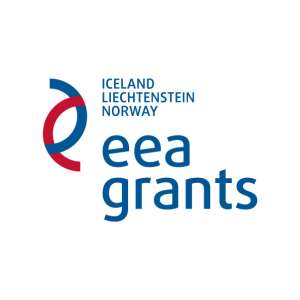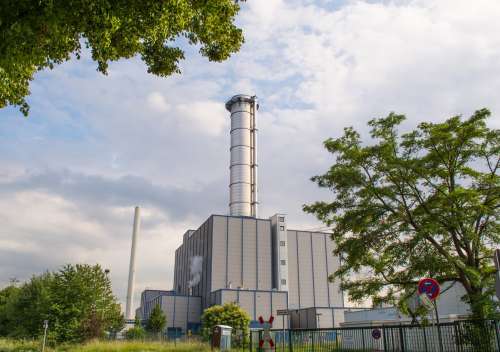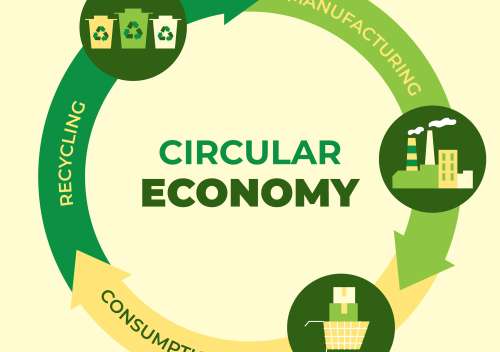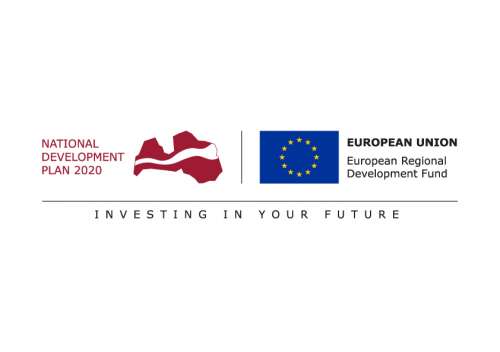On March 4, 2015 in cooperation with a partner – Institute of Energy Systems and Environment of Riga Technical University, company SIA “Balteneko” entered into agreement No 2/EEZLV02/14/AK/015/002 with the State Regional Development Agency on performance of the project „Elaboration of innovative biomass gasification technology to obtain syngas”.
The aim of the project is to reduce impact on climate changes by constructing and demonstrating an innovative and effective low carbon dioxide technological solution (system) for biomass gasification, which includes the main equipment (gas generator) and ancillary equipment.
Project is performed with the support from the financial instrument of the European Economic Zone.
Technical solution of the project is developed in cooperation with SIA “MRK Serviss”.
Project activities were completed on April 30, 2016.
Research
The main principle of biomass gasification process is the transformation of the solid fuel into gaseous products. The gasification process itself is partial oxidation of biomass at a high temperature (usually approximately 700-1500°C) with a limited access of air. As a result of the process biomass is transformed into easily flammable mixture of gases – synthesis gas (called syngas or generator gas). This gas can be used similarly to the natural gas, for instance, as fuel in gas engines, in turbines for production of electric and heat power, at boilers and for production of chemical raw materials (methanol).
While performing the project, technological equipment was formed for the needs of experimental research of the biomass gasification process with an aim to obtain a more efficient solution, if compared to the gasifiers currently available on the market.
The technological process of equipment is planned for the obtaining of syngas with a higher hydrogen content. This was ensured by dividing the primary air flow into two or three parts, and letting it into special gasification zones. In order to increase the combustion temperature of syngas, the air was let into the gasifier at three places.
The technological idea is based on the experimental measurements of gasifier, the results of which are summarized in table 1. Results of the first test show syngas composition by operating the gasifier with the primary air. At the second test the air flow was divided into the primary (85%) and secondary (15%). At the third test air flow was divided into the primary (85%), secondary (10%) and tertiary (5%). The principal schemes of gasifier are demonstrated in Picture 1.
| GAS | TEST 1 | TEST 2 | TEST 3 |
|---|---|---|---|
| CO, %v | 22.3 | 23.6 | 25.6 |
| CH4, %v | 3.07 | 3.15 | 3.05 |
| H2, %v | 19.5 | 20.2 | 21.7 |
| CO2, %v | 12.4 | 12.0 | 10.5 |
| Combusting heat, MJ/Nm3 | 6.0 | 6.3 | 6.7 |
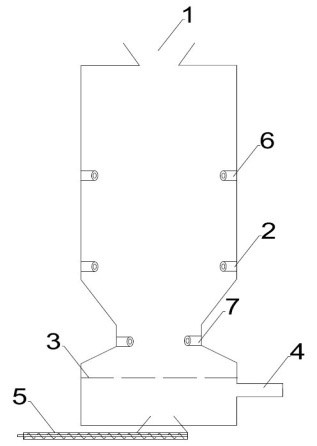
Figure 1. Downdraft gasifier with three air inlets
Designations: 1 – fuel inlet; 2 – primary air, 3 – grates, 4 – syngas outlet; 5 – coke and ash outlet; 6 – secondary air, and 7 – tertiary air.
Results
Experimental research results of the developed innovative biomass gasification technology suggest, that technology operates effectively, and allows substituting the use of imported natural gas with local renewable resources. The performed measurements show that the developed innovative biomass gasification technology operates successfully, and produces syngas with a relatively high combusting heat 7.3 MJ. This is achieved due to the high amount of carbon monoxide, hydrogen and methane into the produced syngas.
By using this syngas formation process at the energy sector, the amount and concentration of hydrogen (flammable gas with the highest combusting heat) in syngas. This is a positive benefit for both energy producers (higher quality of syngas) and syngas users (reduction in size of energy equipment).
